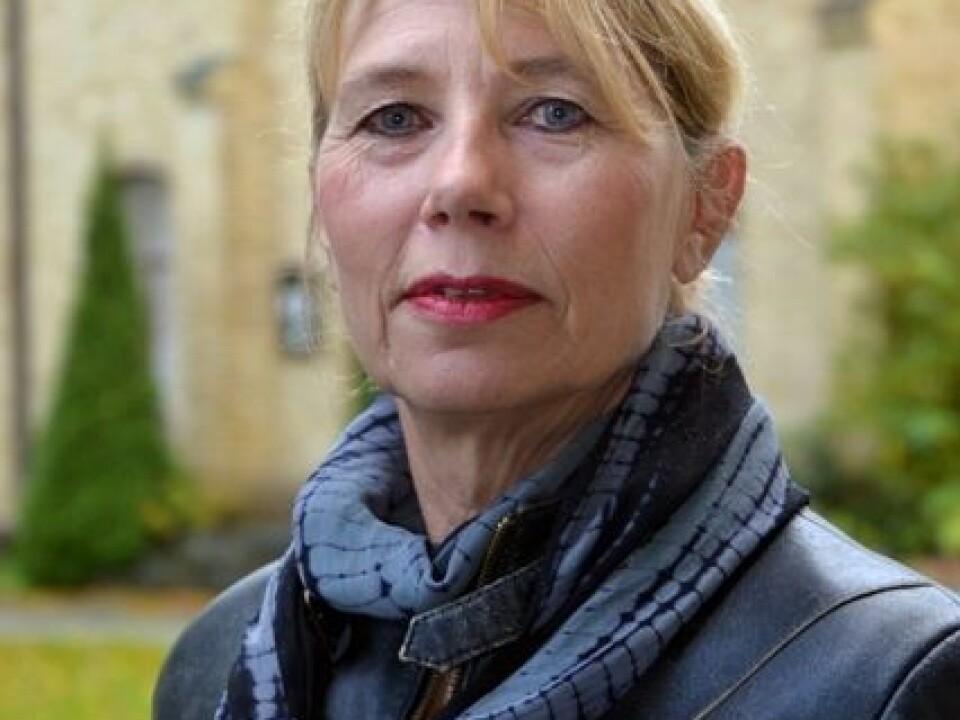
When patients lose their voice
Despite major changes in mental health care over the last century, patients’ own experiences have consistently been overlooked, according to recent findings.
Denne artikkelen er over ti år gammel og kan inneholde utdatert informasjon.
Psychiatric treatment has seen massive changes over the last century. At the beginning of the 20th century treatment was confined to large institutional homes.
Towards mid-century there were advancements in neuroleptica, which is drugs affecting brain activity. Also lobotomy was introduced as a psychiatric treatment.
The most recent period, from 1980s onwards, has in Scandinavia been characterised by decentralising treatment, local care homes and user focus.
Similar descriptions through 90 years

But despite this era of radical change and improvements, a comparison of 12 autobiographies written by mental health patients in the Scandinavian countries over the same period – from 1918 to 2008 – reveals surprisingly similar experiences of health care and treatment regimes.
“By studying autobiographies published in different countries at different times we can understand who these people are, why they write these books, their personal experiences of mental illness and the treatment they received,” says Associate Professor Inger Beate Larsen at the University of Agder.
“What’s most striking are not the differences, but the similarities between these descriptions.”
Being a person, not a case
Particular themes re-emerge regarding the quality of care. The patients describe fondly how some of the staff were more caring, offering more personal contact and compassion.
“The most important part is to be seen and treated as a proper person, and not as a case. This is something each one emphasises – regardless of the individual medical diagnosis. Care and a sense of respect is crucial,” Larsen points out.
Not only respect and compassion, but also the physical surroundings affect the patients’ lives – as all the biographers mention.
“A relaxed atmosphere where people can feel welcome and at ease can obviously contribute much more to a positive experience of psychiatric treatment than an isolated cell with concrete walls. This is something the authors point out time and again,” says Larsen.
Invasive medication
Where they agree the most is in criticising the medication they are subjected to – be it anti-anxiety medication of the early 1900s, antipsychotic drugs of the 1950s or more modern medicines.
“Our findings show that the invasive chemical treatment of medication is felt as painful, regardless of the type of medication involved. This is because the side effects are major, you lose control of your own body, and other people take charge,” she explains.
“Several also describe how they were given more drugs the more they tried to convince the doctor of their experience. Everything was seen as proof of them becoming more ill.”
Despite this, three of the patients write that they would still take the medication if they were given the choice - as the effect of the drugs were preferable to life without them.
Failed to change treatment approach
The overarching story of the 12 biographers is of patients’ experiences being ignored when new treatments or services were developed.
“The remarkable thing is that there seemingly hasn’t been any change, despite people describing this over a long period of time across different countries,” adds Larsen. “The same descriptions are repeated over and over through the last hundred years, with the authors agreeing on what is felt as good or less good treatment.”
This indicates, the researchers argue, that the fundamental approach of Scandinavian mental health support failed to change – despite major external developments in clinical psychiatric care.
“With the help of these autobiographies we can now state that well-developed mental health care focuses on joint working between users, staff and relatives in relaxed surroundings and situations. Medication should also be a co-operative project between the user and the doctor,” concludes Inger Beate Larsen.
--------------------------
Read a Norwegian version of this article at forskning.no
































